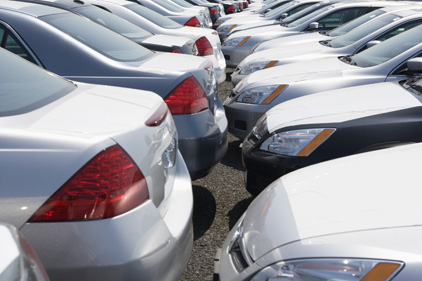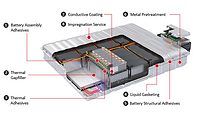Early Implementations of Vehicle-to-Vehicle Communications on the Far Horizon

While early implementations of vehicle-to-vehicle (V2V)-equipped vehicles will start appearing in the next years—partially driven by Europe’s Car-2-Car Consortium—wide-scale deployments should not be expected before 2020, according to ABI Research.
“Industry awareness about the importance of V2V and V2I is clearly gaining momentum, largely driven by its expected key role in enabling driverless vehicles, as stated by NHTSA in its Advance Notice of Proposed Rulemaking to Begin Implementation of Vehicle-to-Vehicle Communications Technology,” said Dominique Bonte, ABI vice president and practice director. “It has prompted car OEMs such as GM announcing a 2017 Cadillac CTS model to be equipped with V2V technology from Delphi, in conjunction with the Super Cruise ADAS solution. Other OEMs such as Toyota and Audi are also committed to V2V.”
The supplier ecosystem is also further developing with new entrant u-blox recently announcing the acquisition of lesswire’s V2V assets, as well as a partnership with Cohda wireless. Laird opened a new telematics and V2X manufacturing facility in Shanghai, while Denso is engaged in V2X trials in Japan and Thailand.
Cellular will reportedly have a role to play as well. 4G has already been trialed by Volvo and PSA for emulating non-safety-critical V2V applications, such as exchanging non-time critical information including hyperlocal weather, road condition, and traffic data directly between vehicles. However, only the arrival of 5G in the next decade, possibly offering latencies as low as 1 ms, might challenge the dedicated DRSC V2V communication technology, with the GSMA recently mentioning autonomous vehicles as a key use case in its new 5G report.
For more information, visit www.abiresearch.com.
Looking for a reprint of this article?
From high-res PDFs to custom plaques, order your copy today!








